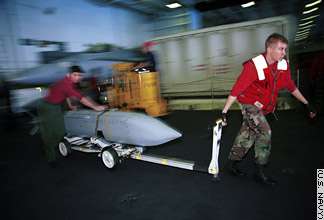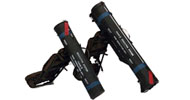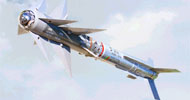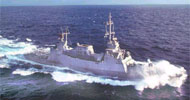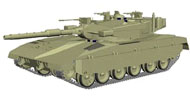
The Israel Navy has been operating the "GAL" type submarines since the 80's. They were built in the 70's at the Vickers shipyard in the U.K, based on German blueprints.
The GAL submarines are small and sophisticated. Their small dimensions make it difficult for detection. These subs went through a series of modernization and modification programs in the late 80's, which would enable effective operation of the subs well into the 21st century.
The Gal submarine was a CO-production of Germany, Great Britain and Israel. Based on a German 206A type submarine, Israeli marine officers and engineers added their input and experience. Due to political reasons the three submarines were built at Vickers shipyards at Barrow in Furness in the UK. The new Tanin and Rahav, and a completely new name for a submarine, INS Gal. The Gal subs were built according to the needs of Israel's marine battlefield. They had a crew of 23. Although small in size, the Gal subs were equipped with the most modern equipment and weapons for the time.
Main CharacteristicsGeneral Characteristics:
Small sonar signature.
Shallow water operation.
Low periscopic depth.
Very low noise level signature.
Multi purpose torpedo tubes (torpedo, missile mines…)
Small Crew size (23).
Simple to operate.
Long submerge endurance.
Upgraded and backed by I.N Know-how.
Training and simulation facilities.
Manufactured by Vickers Ltd., Barrow U.K.
Dimensions:
Overall Length 48.5M
Pressure Hull Length 32M
Pressure Hull Diameter 4.8M
Overall Height 8.8M
Displacement:
Surface Displacement 540 tons
Submerged Displacement 600 tons
Speed:
Snorting Speed 9 knots (Max)
Surface Speed 11 knots (Max)
Submerged Speed 17 knots (Max)
Operational Ranges:
At 6 Knots SOA 2,500 N.M.
At 11 Knots SOA 1,800 N.M.
Indiscreation Rate:
At 6 Knots SOA 30%
Edurance:
80% discharge at max. speed 45 minutes
80% discharge at 3.5 knots 30 hours
Propulsion & Electric System:
1 Propulsion Motor - 1320 kw at 290 rpm · Double armature, electrical and mechanically separated
2 Diesel Generator Sets · MTU 12V 493 AZ 80 Output power - 405 kw each
3 Batteries Sets - 120 cells each
Damage Control:
Fire Extinguishing System
Hydrazine System for Emergency Surfacing
Weapon Systems:
Weapon Control Systems
8 Multi purpose Tubes (21 inch)
Swim-out torpedoes
Space for 2 reloads weapon
Detection:
Atlas Electronic C.S.U - 3 - Passive Panoramic Sonar
Atlas Electronic IC-80 - Intercept Sonar
EDO
Navigation:
Kelvin 1006 I Band Radar
Magnavox Submarine Type - SatNav System
G.P.S Receiver
Litef PL - 41 Platform
Backup Anschuts 6 Gyro
EM log
Communication:
HF, VHF, HVHF, UHF & U.W.T Transceivers.
Periscopes:
Kollmorgen Type 901-
Double Ocular Attack Periscope Locally Operated
Kollmorgen Type 902-
Double Ocular Search Periscope (Optic, Video Etc.)
Accommodations:
Entire vessel is air-conditioned.
Captain, officers and crew separate quarters.
Fully equipped galley, cooking and refrigeration.
Wash-basin and toilets.


